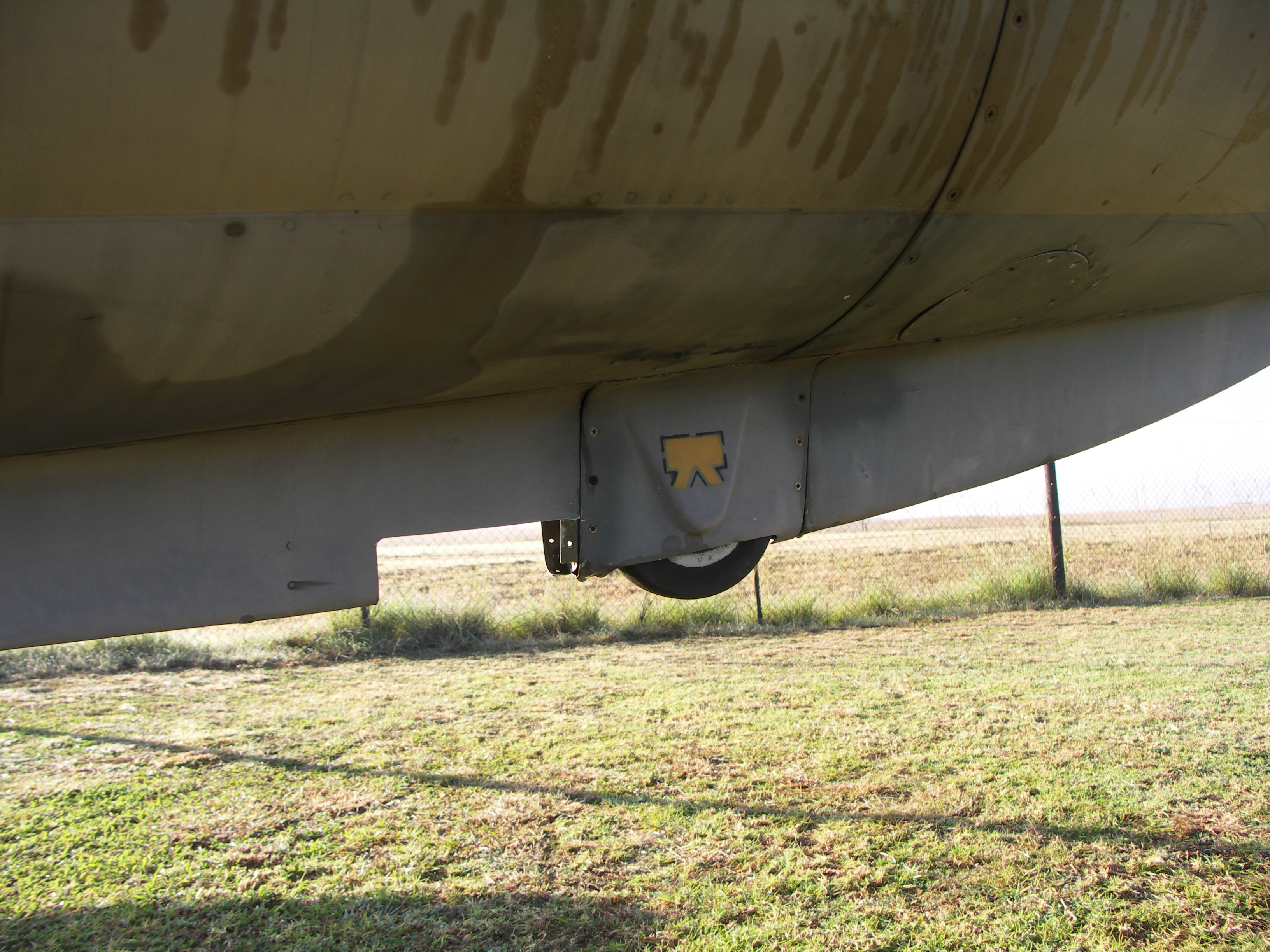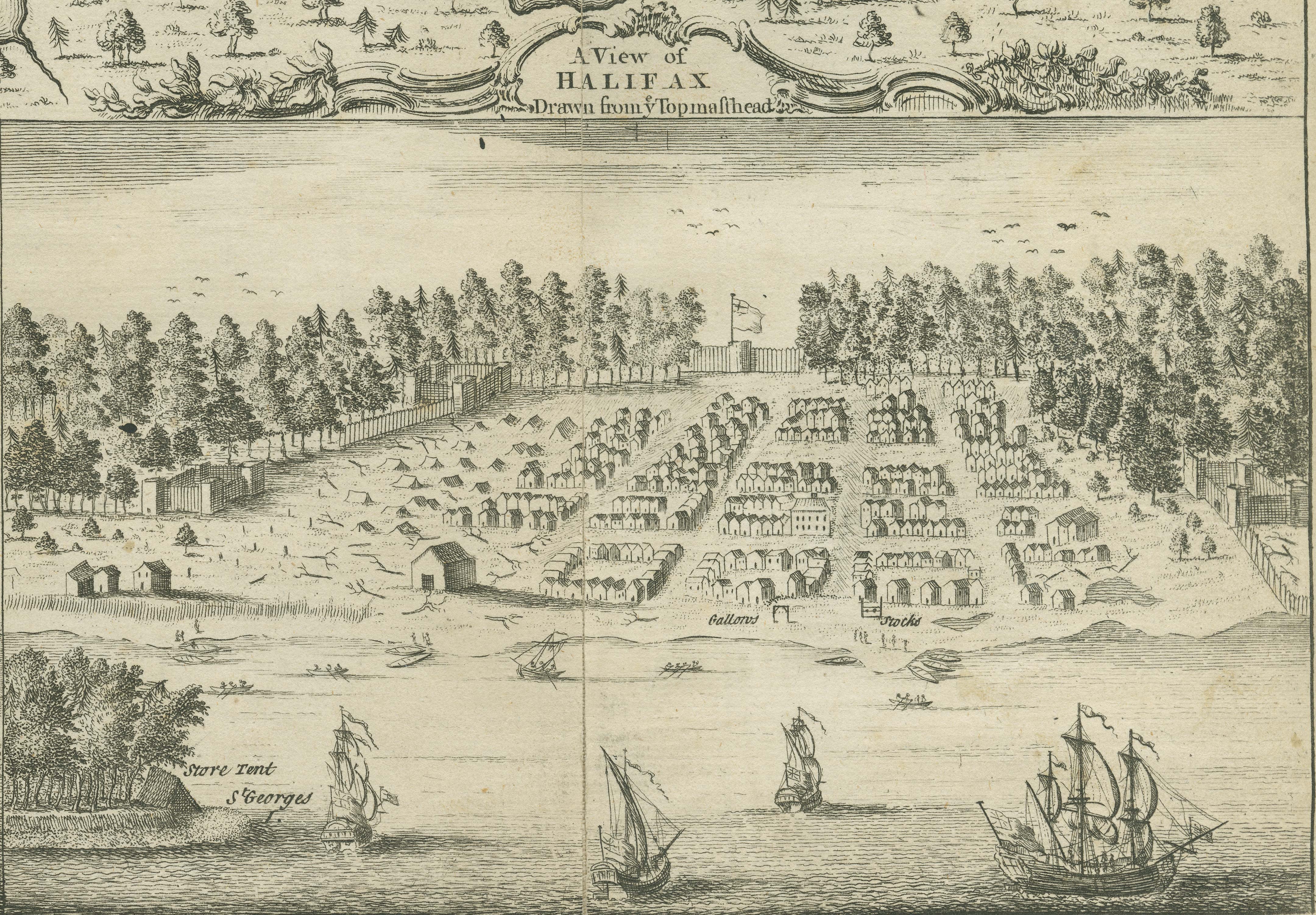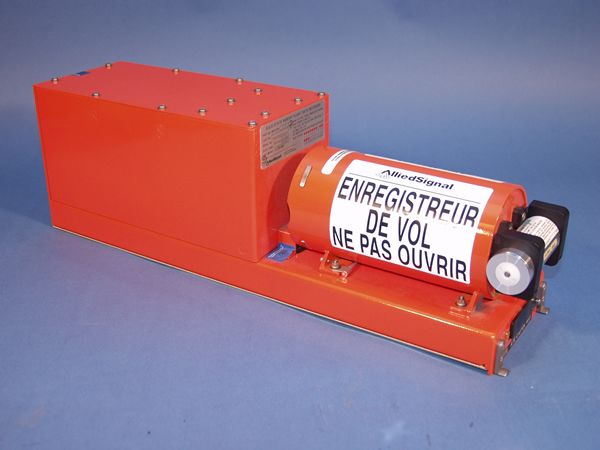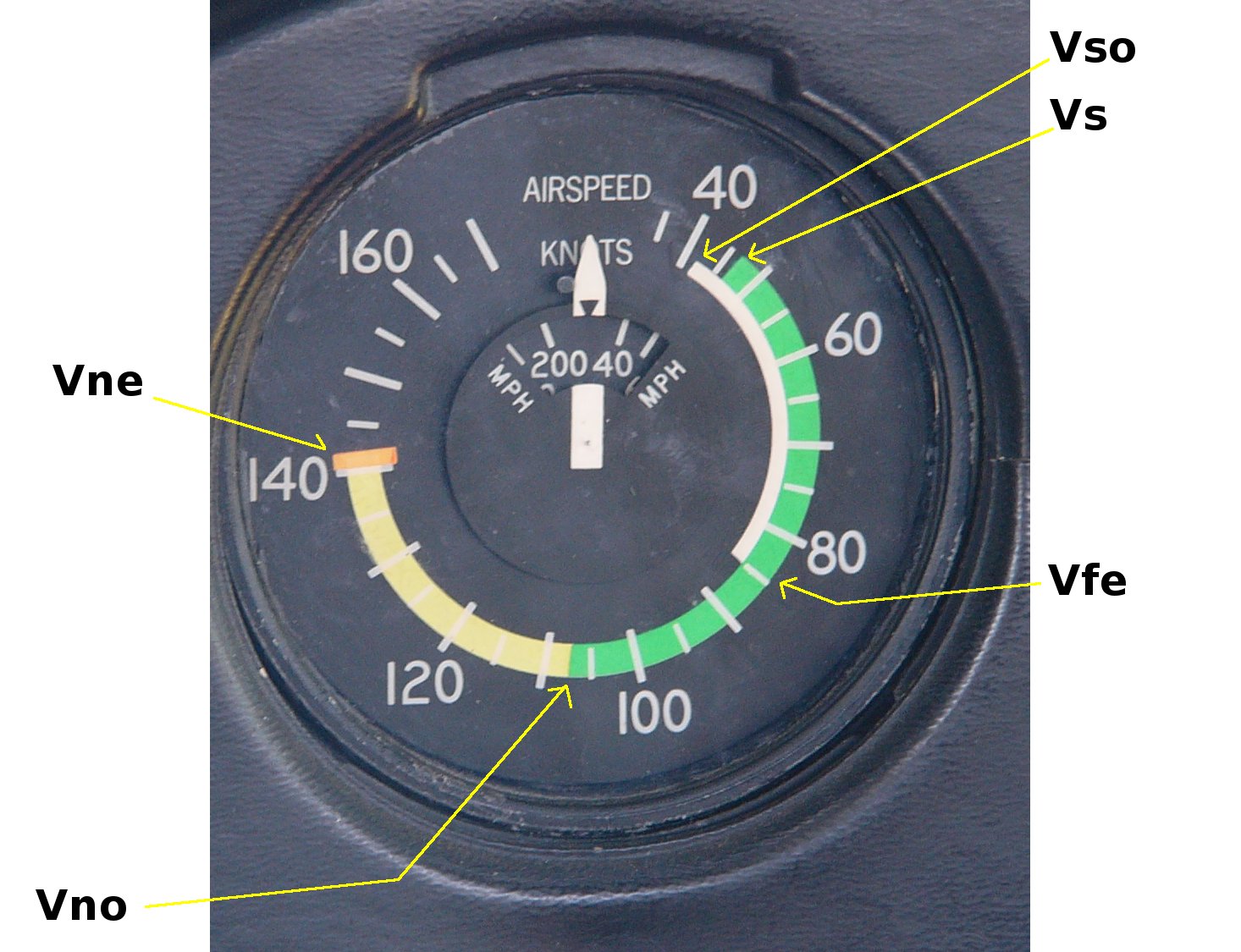|
MK Airlines Flight 1602
MK Airlines Flight 1602 was an MK Airlines Boeing 747-200F cargo flight on a flight from Halifax Stanfield International Airport, Nova Scotia, Canada to Zaragoza Airport, Spain. It crashed on take-off in 2004, killing the crew of 7. It was the fourth accident for MK Airlines, as well as the deadliest. Aircraft and crew The Boeing 747-200 was originally manufactured for South African Airways in 1980 as ZS-SAR, making its first flight on 24 October of the same year, and being delivered on 6 November. At some point during its service with SAA, ZS-SAR was converted to a freighter. On 11 November 1992, ZS-SAR was leased to Garuda Indonesia as 3B-NAS. Sometime before September 1995, the aircraft was returned to SAA, and in March 2000, was sold to MK Airlines as 9G-MKJ. The captain was Michael Thornycroft, who had been with MK Airlines since its establishment in 1990. He had 23,200 flight hours including 4,000 hours on the Boeing 747. Thornycroft also had dual South African and United K ... [...More Info...] [...Related Items...] OR: [Wikipedia] [Google] [Baidu] |
Halifax Stanfield International Airport
Halifax Stanfield International Airport is a Canadian airport in Goffs, Nova Scotia, a rural community of the Halifax Regional Municipality. It serves the Halifax region, mainland Nova Scotia, and adjacent areas in the neighbouring Maritime provinces. The airport is named in honour of Robert Stanfield, the 17th Premier of Nova Scotia and leader of the federal Progressive Conservative Party of Canada. The airport, owned by Transport Canada since it opened in 1960, has been operated since 2000 by the Halifax International Airport Authority (HIAA). It forms part of the National Airports System. Designated as an international airport by Transport Canada, Halifax Stanfield is the 8th busiest airport in Canada by passenger traffic. It handled a total of 4,316,079 passengers in 2018 and 84,045 aircraft movements in 2017. It is a hub for Air Canada Express, Cougar Helicopters, Maritime Air Charter, PAL Airlines. History Background An airfield in the West End, known as Chebuc ... [...More Info...] [...Related Items...] OR: [Wikipedia] [Google] [Baidu] |
Tailstrike
In aviation, a tailstrike or tail strike occurs when the tail or empennage of an aircraft strikes the ground or other stationary object. This can happen with a fixed-wing aircraft with tricycle undercarriage, in both takeoff where the pilot rotates the nose up too rapidly, or in landing where the pilot raises the nose too sharply during final approach, often in attempting to land too near the runway threshold. It can also happen during helicopter operations close to the ground, when the tail inadvertently strikes an obstacle. A minor tailstrike incident may not be dangerous in itself, but the aircraft may still be weakened and must be thoroughly inspected and repaired if a more disastrous accident is to be avoided later in its operating life. Protection measures Fixed-wing aircraft with a conventional tail and tricycle undercarriage are vulnerable to tailstrike. Those which require a high angle of attack on takeoff or landing are especially so. They may be fitted with a protect ... [...More Info...] [...Related Items...] OR: [Wikipedia] [Google] [Baidu] |
History Of Halifax, Nova Scotia
The community of Halifax, Nova Scotia was created on 1 April 1996, when the City of Dartmouth, the City of Halifax, the Town of Bedford, and the County of Halifax amalgamated and formed the ''Halifax Regional Municipality''. The former ''City of Halifax'' was dissolved, and transformed into the ''Community of Halifax'' within the municipality. As of 2021, the community has 156,141 inhabitants within an area of . History 18th century The Halifax area has been territory of the Miꞌkmaq since time immemorial. Before contact they called the area around the Halifax Harbour ''Jipugtug'' (anglicised as "Chebucto"), meaning Great Harbour. Prior to the establishment of Halifax, the most remarkable event in the region was the fate of the Duc d'Anville Expedition, which led to significant disease and death among the local Miꞌkmaq people. There is evidence that bands would spend the summer on the shores of the Bedford Basin, moving to points inland before the harsh Atlantic win ... [...More Info...] [...Related Items...] OR: [Wikipedia] [Google] [Baidu] |
Disasters In Nova Scotia
A disaster is a serious problem occurring over a short or long period of time that causes widespread human, material, economic or environmental loss which exceeds the ability of the affected community or society to cope using its own resources. Disasters are routinely divided into either "natural disasters" caused by natural hazards or "human-instigated disasters" caused from anthropogenic hazards. However, in modern times, the divide between natural, human-made and human-accelerated disasters is difficult to draw. Examples of natural hazards include avalanches, flooding, cold waves and heat waves, droughts, earthquakes, cyclones, landslides, lightning, tsunamis, volcanic activity, wildfires, and winter precipitation. Examples of anthropogenic hazards include criminality, civil disorder, terrorism, war, industrial hazards, engineering hazards, power outages, fire, hazards caused by transportation, and environmental hazards. Developing countries suffer the greatest costs whe ... [...More Info...] [...Related Items...] OR: [Wikipedia] [Google] [Baidu] |
Accidents And Incidents Involving The Boeing 747
An accident is an unintended, normally unwanted event that was not directly caused by humans. The term ''accident'' implies that nobody should be blamed, but the event may have been caused by unrecognized or unaddressed risks. Most researchers who study unintentional injury avoid using the term ''accident'' and focus on factors that increase risk of severe injury and that reduce injury incidence and severity. For example, when a tree falls down during a wind storm, its fall may not have been caused by humans, but the tree's type, size, health, location, or improper maintenance may have contributed to the result. Most car wrecks are not true accidents; however English speakers started using that word in the mid-20th century as a result of media manipulation by the US automobile industry. Types Physical and non-physical Physical examples of accidents include unintended motor vehicle collisions, falls, being injured by touching something sharp or hot, or bumping into someth ... [...More Info...] [...Related Items...] OR: [Wikipedia] [Google] [Baidu] |
Aviation Accidents And Incidents In 2004
Aviation includes the activities surrounding mechanical flight and the aircraft industry. ''Aircraft'' includes fixed-wing and rotary-wing types, morphable wings, wing-less lifting bodies, as well as lighter-than-air craft such as hot air balloons and airships. Aviation began in the 18th century with the development of the hot air balloon, an apparatus capable of atmospheric displacement through buoyancy. Some of the most significant advancements in aviation technology came with the controlled gliding flying of Otto Lilienthal in 1896; then a large step in significance came with the construction of the first powered airplane by the Wright brothers in the early 1900s. Since that time, aviation has been technologically revolutionized by the introduction of the jet which permitted a major form of transport throughout the world. Etymology The word ''aviation'' was coined by the French writer and former naval officer Gabriel La Landelle in 1863. He derived the term from th ... [...More Info...] [...Related Items...] OR: [Wikipedia] [Google] [Baidu] |
Airliner Accidents And Incidents In Canada
An airliner is a type of aircraft for transporting passengers and air cargo. Such aircraft are most often operated by airlines. Although the definition of an airliner can vary from country to country, an airliner is typically defined as an airplane intended for carrying multiple passengers or cargo in commercial service. The largest of them are wide-body jets which are also called twin-aisle because they generally have two separate aisles running from the front to the back of the passenger cabin. These are usually used for long-haul flights between airline hubs and major cities. A smaller, more common class of airliners is the narrow-body or single-aisle. These are generally used for short to medium-distance flights with fewer passengers than their wide-body counterparts. Regional airliners typically seat fewer than 100 passengers and may be powered by turbofans or turboprops. These airliners are the non- mainline counterparts to the larger aircraft operated by the major car ... [...More Info...] [...Related Items...] OR: [Wikipedia] [Google] [Baidu] |
National Airlines Flight 102
National Airlines Flight 102 was a cargo flight operated by National Airlines (N8), National Airlines between Camp Bastion in Afghanistan and Al Maktoum Airport in Dubai, with a refueling stop at Bagram Airfield, Afghanistan. On 29 April 2013, the Boeing 747-400 operating the flight crashed moments after taking off from Bagram, killing all seven people on board. The subsequent investigation concluded that improperly secured cargo broke free during the take-off and Load shifting, rolled to the back of the cargo hold, crashing through the rear pressure bulkhead and disabling the rear flight control systems. This rendered the aircraft uncontrollable, making recovery from a Stall (fluid dynamics), stall, brought on by the damaged rear flight control systems ending up stuck in a pitch-up attitude, impossible. Accident At the time of the crash, the airline had been operating between Camp Bastion and Dubai for a month. The accident flight had originated in Camp Bastion, where it had b ... [...More Info...] [...Related Items...] OR: [Wikipedia] [Google] [Baidu] |
Boeing 747 Hull Losses
As of July 2020, a total of 61 Boeing 747 aircraft, or just under 4% of the total number of 747s built, first flown commercially in 1970, have been involved in accidents and incidents resulting in a hull loss, meaning that the aircraft was either destroyed or damaged beyond economical repair. Of the 61 Boeing 747 aircraft losses, 32 resulted in no loss of life; in one, a hostage was murdered; and in one, a terrorist died.List of Boeing 747 hull losses retrieved February 17, 2013. Some of the aircraft that were declared damaged beyond economical repair were older 747s that sustained relatively minor damage. Had these planes been newer, repairing them might have been economically viable, although with the 747's increasing obsolescence, this is becoming less common. Some 7 ... [...More Info...] [...Related Items...] OR: [Wikipedia] [Google] [Baidu] |
Cockpit Voice Recorder
A flight recorder is an electronic recording device placed in an aircraft for the purpose of facilitating the investigation of aviation accidents and incidents. The device may often be referred to as a "black box", an outdated name which has become a misnomer—they are now required to be painted bright orange, to aid in their recovery after accidents. There are two types of flight recording devices: the flight data recorder (FDR) preserves the recent history of the flight through the recording of dozens of parameters collected several times per second; the cockpit voice recorder (CVR) preserves the recent history of the sounds in the cockpit, including the conversation of the pilots. The two devices may be combined into a single unit. Together, the FDR and CVR objectively document the aircraft's flight history, which may assist in any later investigation. The two flight recorders are required by international regulation, overseen by the International Civil Aviation Organizat ... [...More Info...] [...Related Items...] OR: [Wikipedia] [Google] [Baidu] |
Transportation Safety Board Of Canada
The Transportation Safety Board of Canada (TSB, french: Bureau de la sécurité des transports du Canada, BST), officially the Canadian Transportation Accident Investigation and Safety Board (french: link=no, Bureau canadien d'enquête sur les accidents de transport et de la sécurité des transports) is the agency of the Government of Canada responsible for advancing transportation safety in Canada. It is accountable to Parliament directly through the President of the King’s Privy Council and the Minister of Intergovernmental and Northern Affairs and Internal Trade. The independent agency investigates accidents and makes safety recommendations in four modes of transportation: aviation, rail, marine and pipelines. Agency history Prior to 1990, Transport Canada's Aircraft Accident Investigation Branch (1960–1984) and its successor the Canadian Aviation Safety Board or CASB (1984–1990) were responsible for investigation of air incidents. Before 1990, investigations and ac ... [...More Info...] [...Related Items...] OR: [Wikipedia] [Google] [Baidu] |
V Speeds
In aviation, V-speeds are standard terms used to define airspeeds important or useful to the operation of all aircraft. These speeds are derived from data obtained by aircraft designers and manufacturers during flight testing for aircraft type-certification. Using them is considered a best practice to maximize aviation safety, aircraft performance, or both. The actual speeds represented by these designators are specific to a particular model of aircraft. They are expressed by the aircraft's indicated airspeed (and not by, for example, the ground speed), so that pilots may use them directly, without having to apply correction factors, as aircraft instruments also show indicated airspeed. In general aviation aircraft, the most commonly used and most safety-critical airspeeds are displayed as color-coded arcs and lines located on the face of an aircraft's airspeed indicator. The lower ends of the white arc and the green arc are the stalling speed with wing flaps in landing conf ... [...More Info...] [...Related Items...] OR: [Wikipedia] [Google] [Baidu] |






.jpg)




